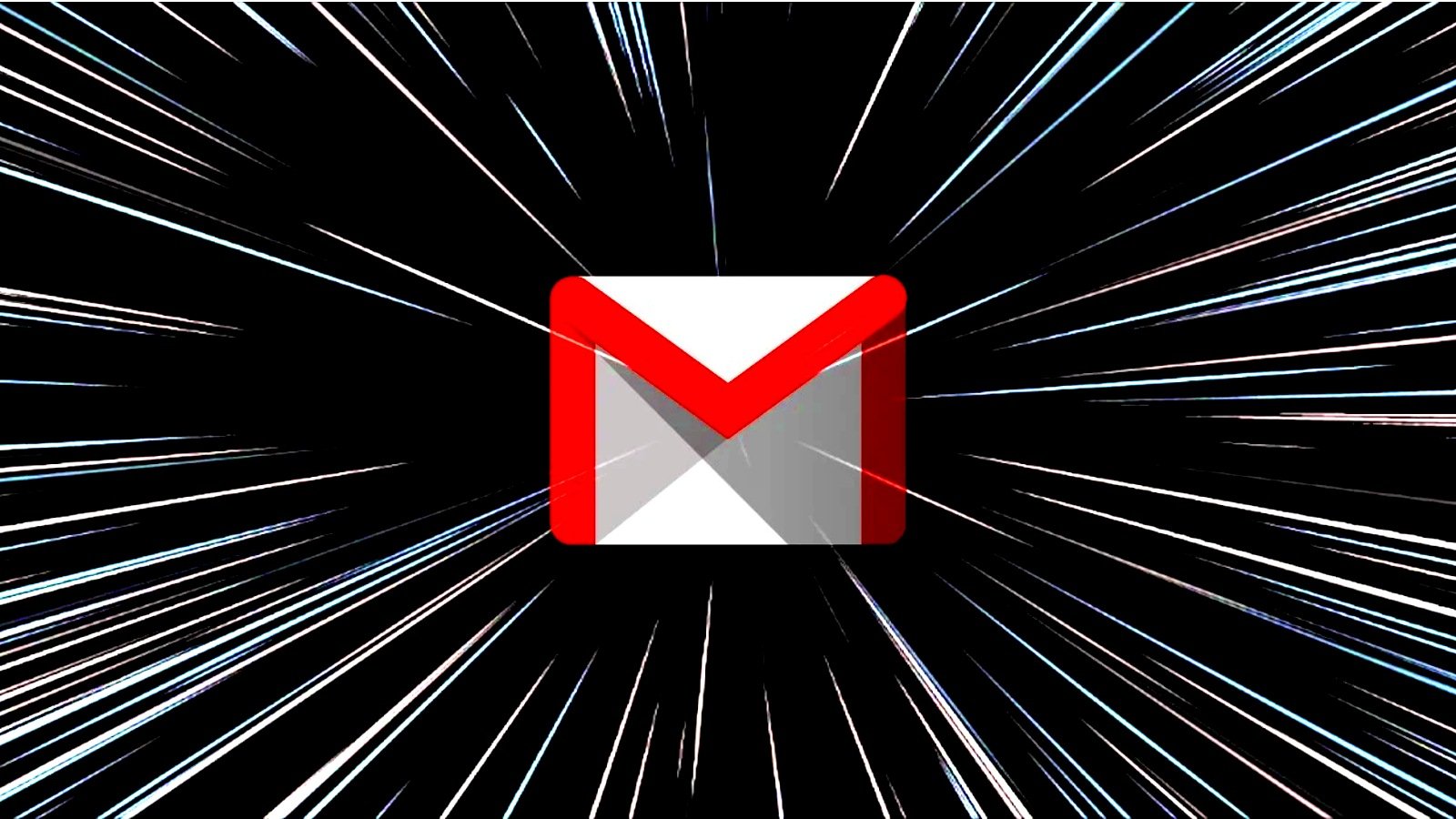- Jun 14, 2011
- 1,790
Google announced on Friday that it's adding end-to-end encryption (E2EE) to Gmail on the web, allowing enrolled Google Workspace users to send and receive encrypted emails within and outside their domain.
Client-side encryption (as Google calls E2EE) was already available for users of Google Drive, Google Docs, Sheets, Slides, Google Meet, and Google Calendar (beta).
Once enabled, Gmail client-side encryption will ensure that any sensitive data delivered as part of the email's body and attachments (including inline images) can not be decrypted by Google servers — the email header (including subject, timestamps, and recipients lists) will not be encrypted.

Google introduces end-to-end encryption for Gmail on the web
Google announced on Friday that it's adding end-to-end encryption to Gmail on the web, allowing enrolled Google Workspace users to send and receive encrypted emails within their domain and outside their domain.
Last edited by a moderator:

